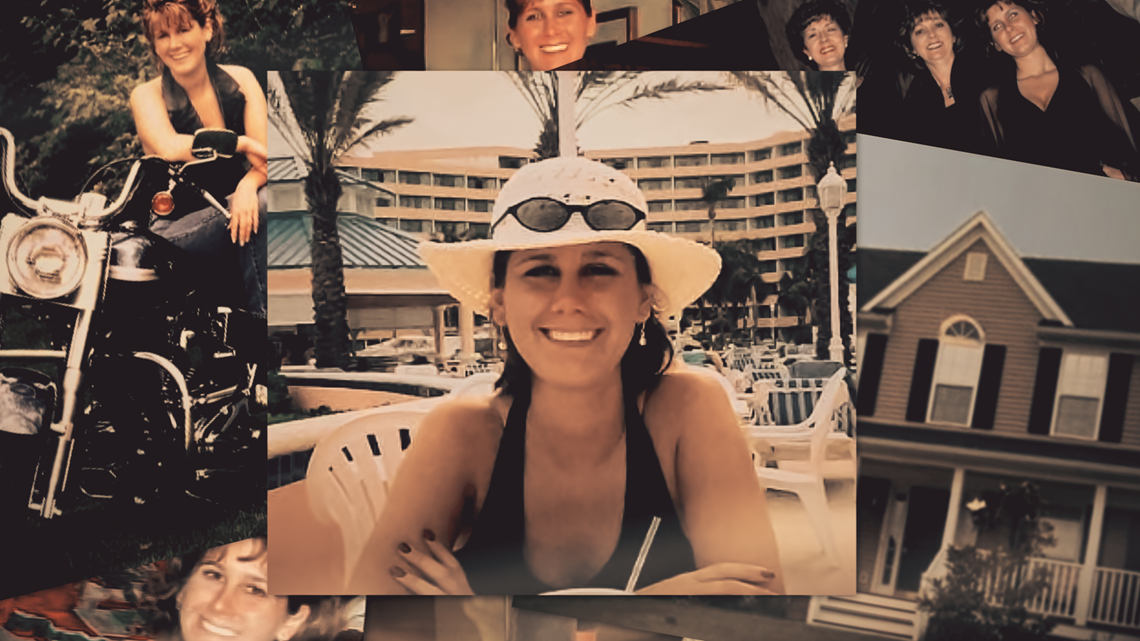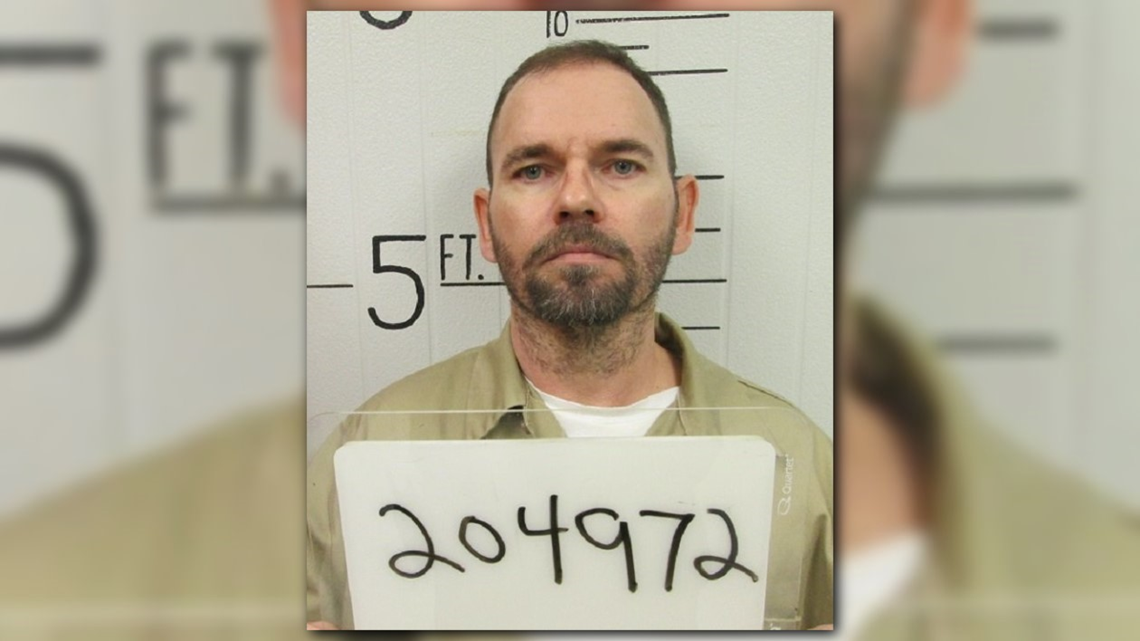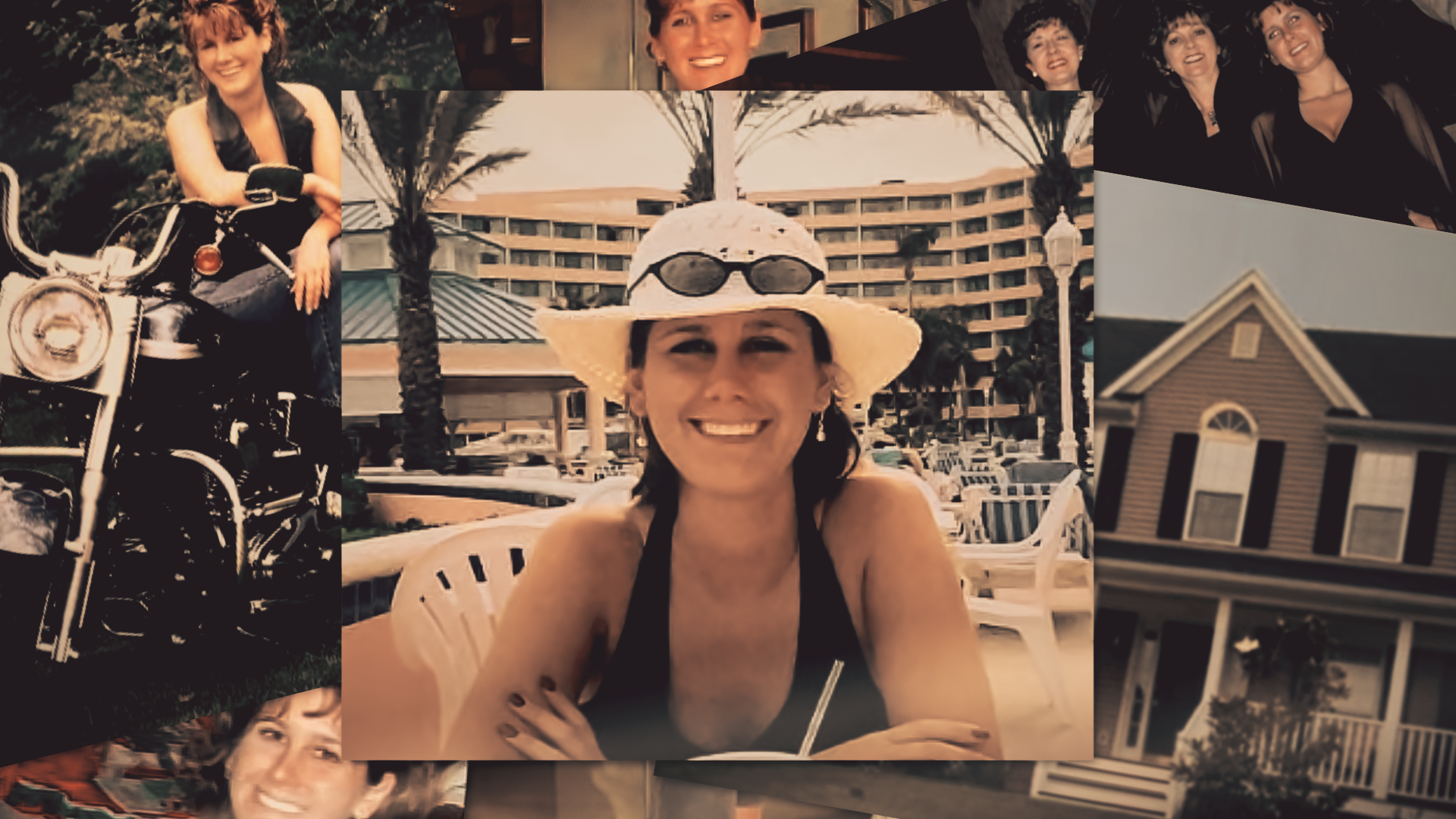HARDIN COUNTY, Ky. — Fifteen years ago, 26-year old Julie Boyd was beaten to death. The man who drove her to the hospital that night is now in prison for her murder—convicted by a jury.
WHAS11’s Kristin Goodwillie and the FOCUS investigative team interviewed key players, speaking publicly for the first time, and went through newly released investigative files.
A NEW LIFE
Debbie White, Boyd’s mother, described her daughter as bubbly, fun to be around and “a child of God.”
Boyd had found a new job, moved to Elizabethtown and was devotedly attending church groups, including a divorce recovery group at Severns Valley Baptist Church.
“She got her apartment. She actually got a builder to start building a house. I mean, she was ready for her new life,” White said.
But on New Year’s Eve in 2004, Boyd was rushed to Hardin Memorial Hospital by Harvey Skaggs, a man she met in the divorce group. Boyd was pronounced dead upon arrival—beaten to death, according to the investigators' file.


THE TRUCK
The case file explains the events that led to Boyd’s death began with the repossession of a truck.
In December 2004, Boyd hired Skaggs who had been assisting his uncle with private investigation work and told Boyd he could help her.
“She wanted me to try to find the truck that was in her name, and if I could, get the truck and bring it back to her,” Skaggs said to Kristin Goodwillie when they met at the Green River Correctional Complex in early 2020, before the coronavirus pandemic.
Court records detail witnesses saying Julie Boyd thought her husband would be angry over the repossession.
“Mad to the point that she told everyone if something happened to her, her husband did it,” a public defender said at the trial.
At the beginning of 2004, Boyd’s husband told her he wanted a divorce. A few months later, Boyd took out a restraining order against him.
In an interview with police, Boyd's neighbor, April Vallez, said Boyd purchased a gun out of fear. During the trial, Vallez said Boyd was afraid of her husband.
But with a car that kept breaking down in the middle of winter, Boyd needed the truck, which Boyd’s coworkers told investigators was in her husband’s garage.
So, Skaggs and Boyd met at a Jerri Mart in Rineyville the night of December 30 before heading out together in Skaggs’ work van.
“And from there, everything went haywire,” Skaggs said.
Both Skaggs and Boyd told others about their plans and agreed to be out for no more than a few hours.
“And a lot of things went bad,” Skaggs said. “And Julie ended up getting murdered that night.”
THE ATTACK
At 9:30 p.m., Boyd talked on the phone with Linda Davis, her friend from church, while she was still with Skaggs. Boyd planned to stay the night with Davis so her husband would not be able to find her.
During the trial in 2006, Davis said Boyd “made a statement, ‘Well, things aren't looking good, maybe we're not going to get it tonight. We're waiting for them to bring the truck.’"
Around 11:30 p.m., the last phone call Boyd made was to her mother.


"As always, she says, ‘Mom, I'm fine. Don't worry.’ I always say, ‘Be safe.’ And that's where she left it. That's really the last thing I was able to say to her,” White said.
At that point, Skaggs said two masked men jumped in his van and told him to start driving.
"The man behind Julie asked her, called her by name, and wanted to know where the money was. She said she didn't know what they was talking about,” Skaggs told police during an interrogation that night.
Skaggs said the man behind Boyd started hitting her, and Skaggs was strangled with what felt like a shoestring.
“They yanked me backwards out of the seat,” Skaggs said during the interrogation.
He told investigators that’s when he lost consciousness.
Skaggs said around 2 a.m., “I woke up…Julie was gargling…and I drove her to the hospital.”
When they got to the hospital, Skaggs said he carried Boyd to the emergency room entrance.
The doctor said Boyd was dead when she arrived.
"Two things. She was not breathing and the other is, she had severe trauma to the head,” Dr. Kevin Marble said during the trial.
Neither the emergency room doctor nor Kentucky's Chief Medical Examiner could determine Boyd's exact time of death.
After the attack, Skaggs was interviewed by police at the hospital. He told them he didn’t kill Boyd and couldn’t remember any other details after claiming to lose consciousness.
The following portion of dialogue is from Skaggs’ police interview that night:
Police: Why did you kill her?
Skaggs: I did not kill her
Police: Yes, you did.
Skaggs: No, I did not.
Police: Tell us why. We just want to know why, Jr.
Skaggs: I did not kill that girl.
Police: Tell us why.
Skaggs: I did not kill that girl.
Police: There has to be a reason why.
Skaggs: I did not kill that girl.
THE EVIDENCE
WHAS11’s Kristin Goodwillie and the FOCUS team looked into all the evidence outlined in the trial. Plus, nearly 1,000 pages of the police investigative file from Kentucky State Police (KSP), released for the first time.


Skaggs was interrogated at least twice. But initially there were two primary suspects –Skaggs and Boyd’s husband.
Police went to Boyd’s husband's house days after the murder.
During the trial, Trooper Eric Smallwood of KSP said police "searched that residence, took photographs of [Boyd’s husband] and collected evidence there.”
Records show that a handgun, appearing to have blood on it, was taken as evidence, after Skaggs said the attackers had a gun.
FOCUS found that out of more than a dozen requests from KSP for evidence examination, Skaggs is listed as the suspect on all of them.
Boyd’s husband was listed twice as a possible suspect in reference to a small handgun, according to investigators’ notes. Further testing revealed no blood was found on the gun.
“The idea is that there simply was no evidence linking him to the scene in any manner,” the lead prosecutor, David Abner, told Goodwillie.
In the timeline from the investigative file FOCUS obtained, when Boyd phoned Davis, around 9:30 p.m., Boyd’s husband and his girlfriend had just arrived home. The two said they spent the rest of the night making Jell-O shots and watching TV.
“We stayed home that night,” the girlfriend of Boyd's husband said during the trial.
FOCUS tried to reach Boyd’s husband to talk about her death, and he did not respond. He was never arrested or charged in connection with Boyd’s murder.
About a week after Boyd’s death, Skaggs asked his girlfriend to marry him and she accepted. Friends told investigators Skaggs had been planning to propose.
Shortly after, police searched their home and took the ring he proposed with, which was on his fiancée's pinky finger at the time.
"It wouldn't fit over my knuckle on my ring finger,” his fiancée said during the trial.
The ring was a rare duchess cut—the same cut as Boyd’s engagement ring, which was one of three rings missing from her when she arrived at the hospital.
During the trial, both sides presented experts with contradictory testimonies, saying either it was the ring or there was no way of knowing for sure.
Both White and Boyd’s husband said it was her engagement ring. Skaggs claims the ring did not belong to Boyd.
One thing is certain, Skaggs was not in possession of the ring the night he brought Boyd to the hospital.
Abner told FOCUS the specific circumstances around the ring remain uncertain.
“We don’t know exactly what happened to Julie Boyd because no one was there to witness it,” Abner said.
Boyd’s wedding band and another decorative ring she wore have never been found.
THE TRIAL
In 2005, Skaggs was arrested for Boyd’s murder and the trial took place in 2006.
Abner said he spent the trial disproving Skaggs’ story of what happened that night.
“There was no indication, for example, that she was beaten inside the van,” Abner said.
While there was blood inside the van and on the passenger seat, there was a significant amount of blood on the exterior of the van too. Investigators said the blood spatter proves that Boyd was killed outside the van.
The murder weapon and place where she was killed have never been found. No DNA was found under Boyd’s nails and Skaggs’ DNA was not found on her purse or on any potential weapons in the van.
There was one bloody fingerprint outside of the van which did not match Skaggs and came back as inconclusive for Julie, according to testimony at the trial.
"I received some exemplar prints of the victim and because of the quality of those prints, I was not able to make a positive identity or be able to say they weren't her prints,” Paul Doreman, KSP Automated Fingerprint Identification System/AFIS, said during the trial.
There is no indication that anyone else's fingerprints were tested, according to the requests for evidence examinations.
“Something that people want, that I would like—to have everything answered. But you don’t get that because people are who they are. They do things for strange reasons, for no reason, and for terrible reasons,” Abner said.
CLAIMS OF INNOCENCE
Skaggs was convicted in Boyd’s murder and robbery, for taking Boyd’s engagement ring. He is currently serving a life sentence in prison at the Green River Correctional Complex with the possibility of parole at 25 years.


Skaggs has appealed twice, losing both, and will be up for parole within ten years.
He continues to claim his innocence.
“I did not kill her,” Skaggs told Goodwillie.
“They didn’t want to look at anybody else, they didn’t care about anybody else,” Skaggs said.
"You know, I don't know that the justice system always investigates everything as thoroughly as they could,” White said. She said there were things never found out about her daughter’s death and there have “always been questions on what exactly happened.”
FINDING PURPOSE AFTER TRAGEDY
Boyd’s mother has turned her grief into helping others.
"The first day after the police had come to the door, I just remember looking out the back window and thinking, God, don't let me waste this,” White said.
She remembers her daughter's memorial with people lining up to give their condolences.
"I just need someone to come up and tell me that I can survive this, that I can live through this. And so, that's one of my main reasons why I do the workshop,” White said.
Debbie has dedicated her life to teaching those going through their worst days that they will survive and thrive again.
"There is so much loss and so many people that are looking for help,” White said.
What started out as one grief workshop with Southeast Christian Church turned into two and then three a year. She's now been holding them for 14 years.
"They give the tragedy that we went through a purpose and a reason, and I believe it does help those that are grieving,” White said.
White has been there for hundreds of people through their grieving process, helping them find healthy outlets for grief. Not only that, but she also used to make 'Julie's Baskets' for the church.
"One reason I wanted to do that and chose to do that was because it was Julie's idea,” White said.
Julie was going through a divorce before she died and thought the baskets could be a way to help other women.
"To be able to give them something, to give them comfort right away, to give them direction was really positive,” White said.
White didn't stop there, she also changed Kentucky law, fighting to allow more than one person to speak on behalf of a victim during trial sentencing.
"It took a couple years, but we got that changed,” White said.
A mother who has created so much good from a horrible situation is being led by her faith.
"One of our fears is that people will forget our children, and so, I don't want anyone ever to forget who she was,” White said.
►Make it easy to keep up-to-date with more stories like this. Download the WHAS11 News app now. For Apple or Android users.
To reach out to Kristin Goodwillie or the FOCUS team about this story, send an email to focus@whas11.com
Have a news tip? Email assign@whas11.com, visit our Facebook page or Twitter feed.

